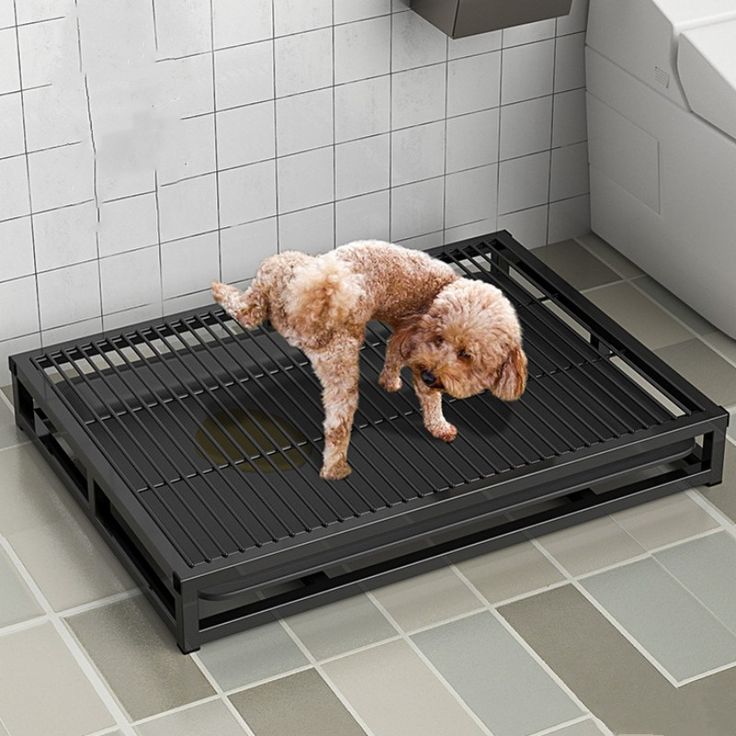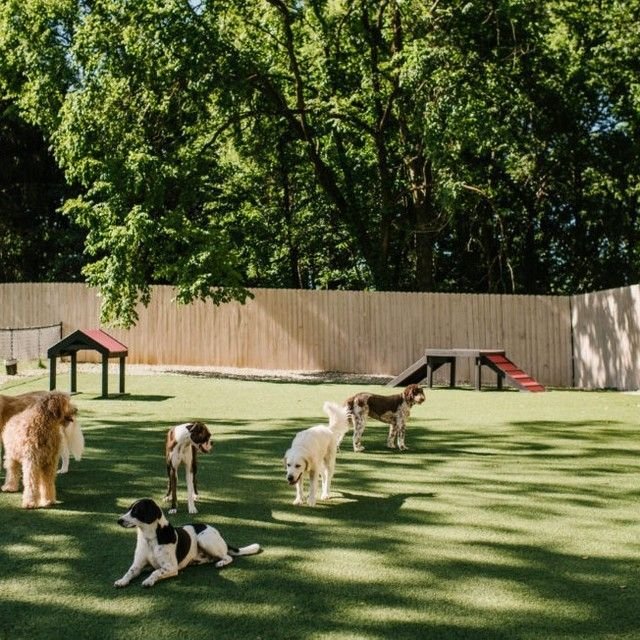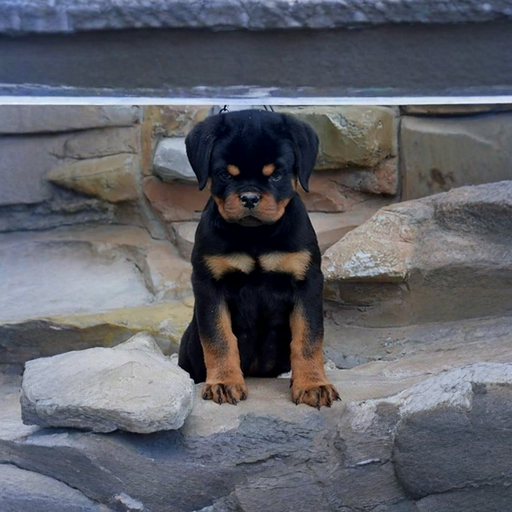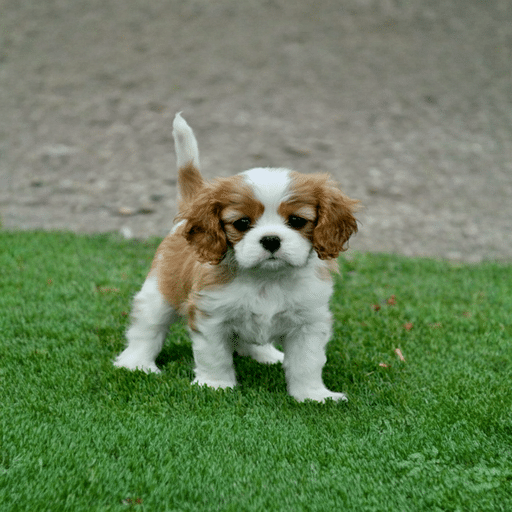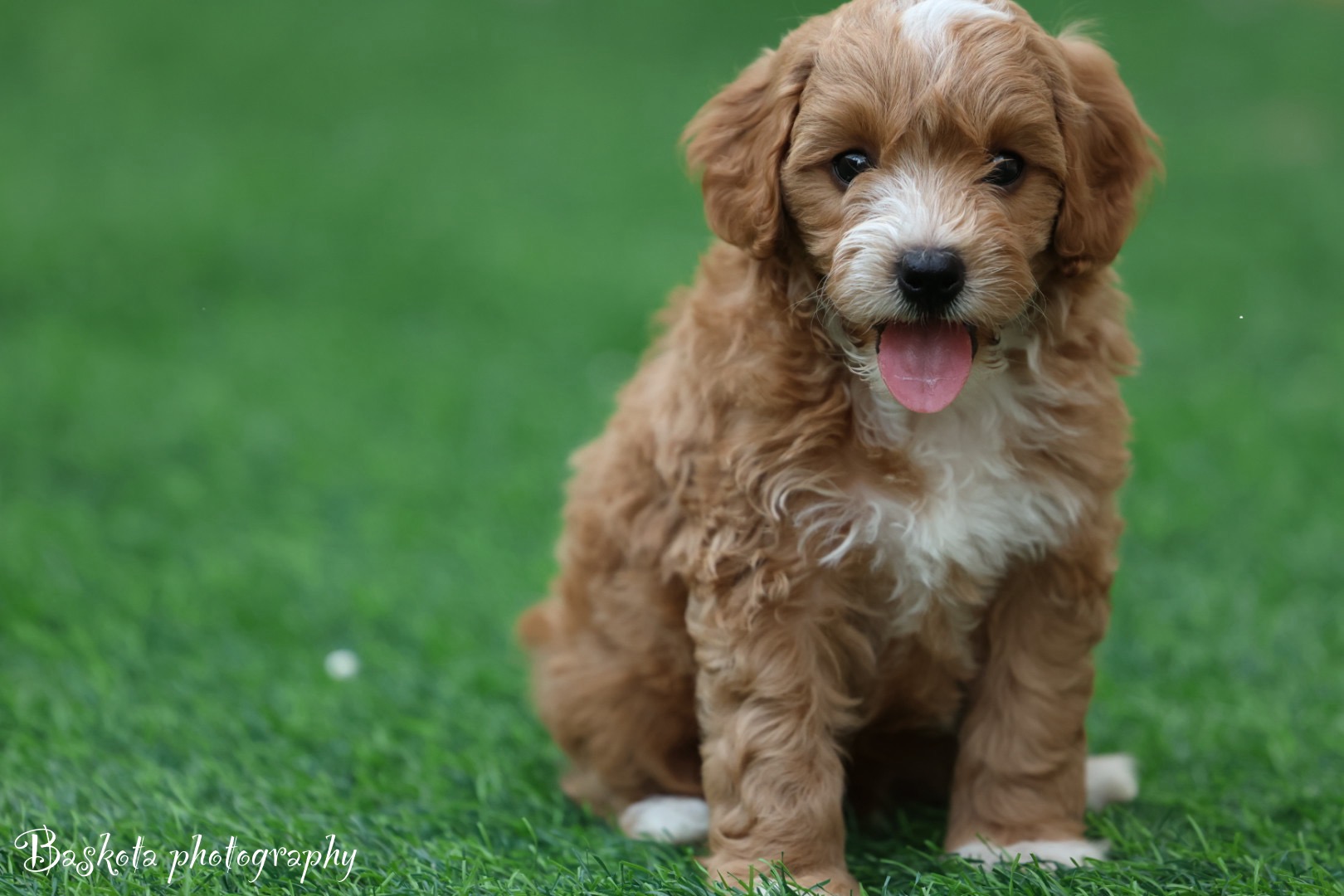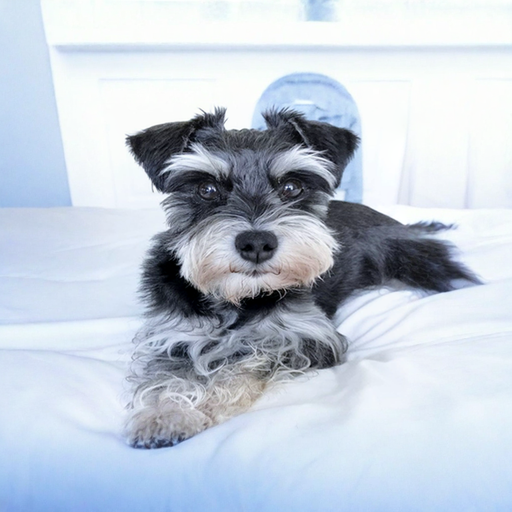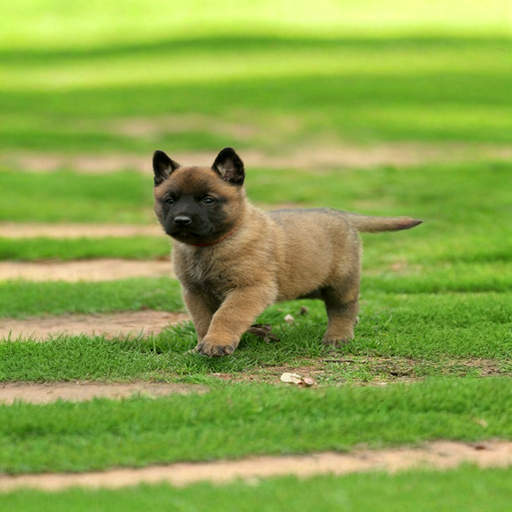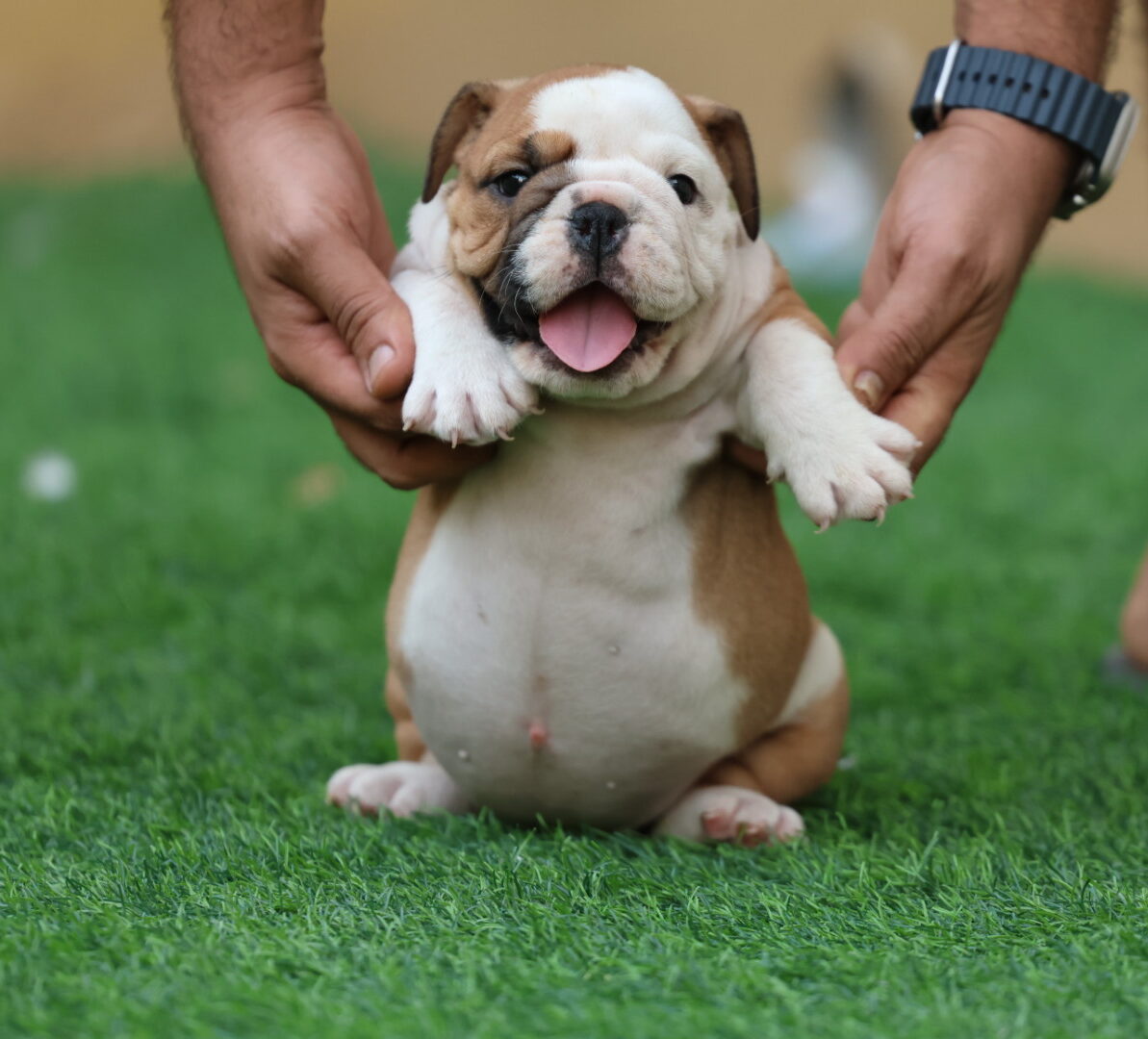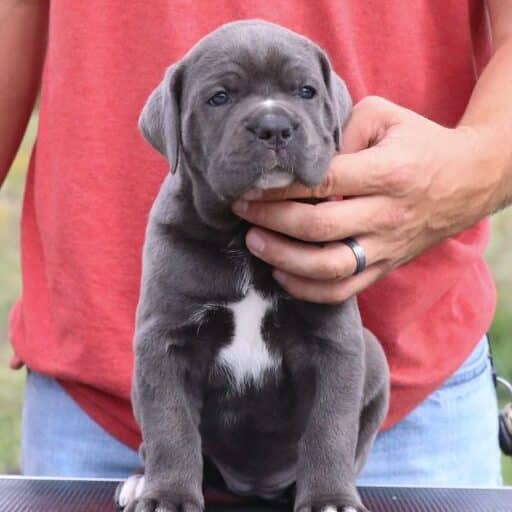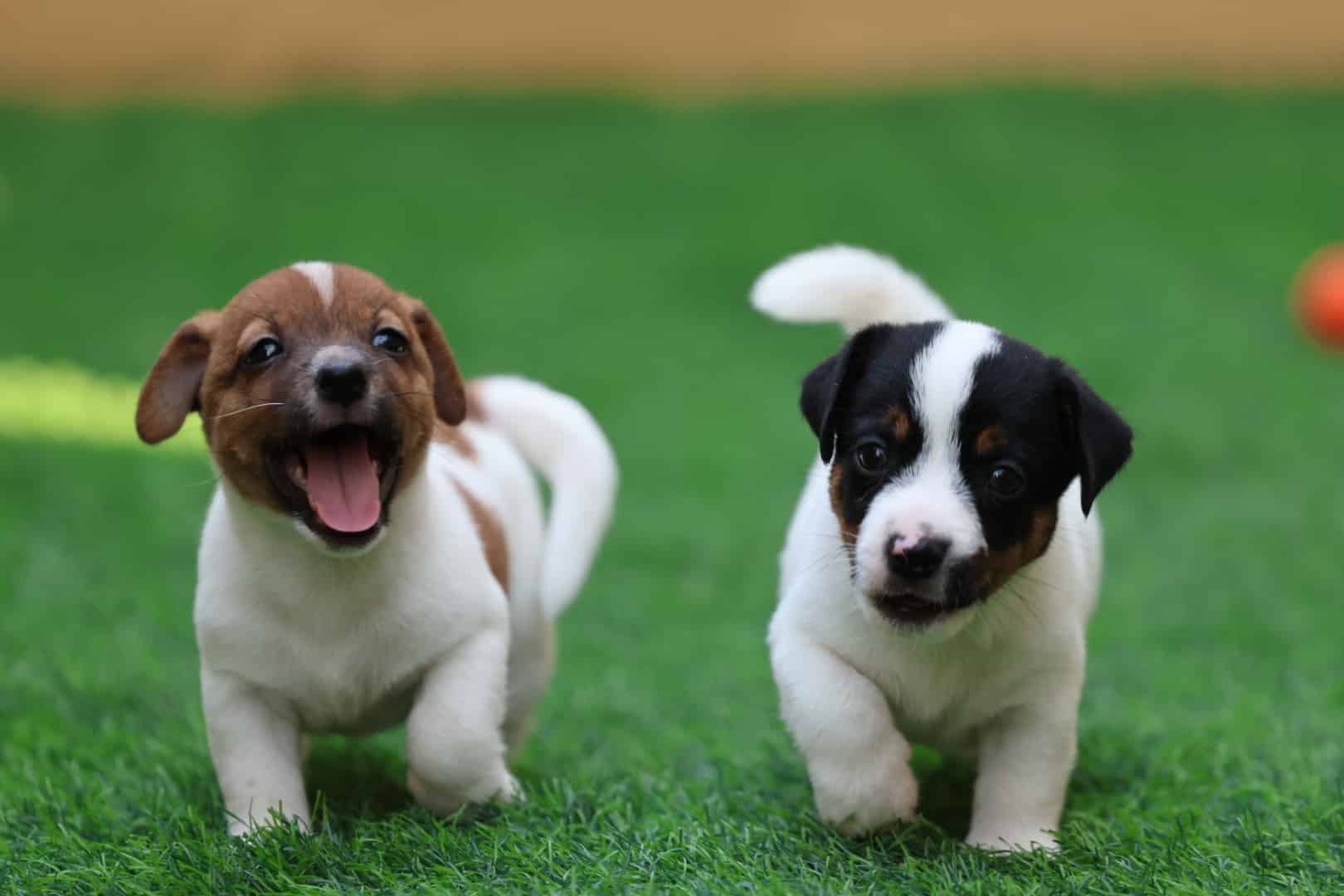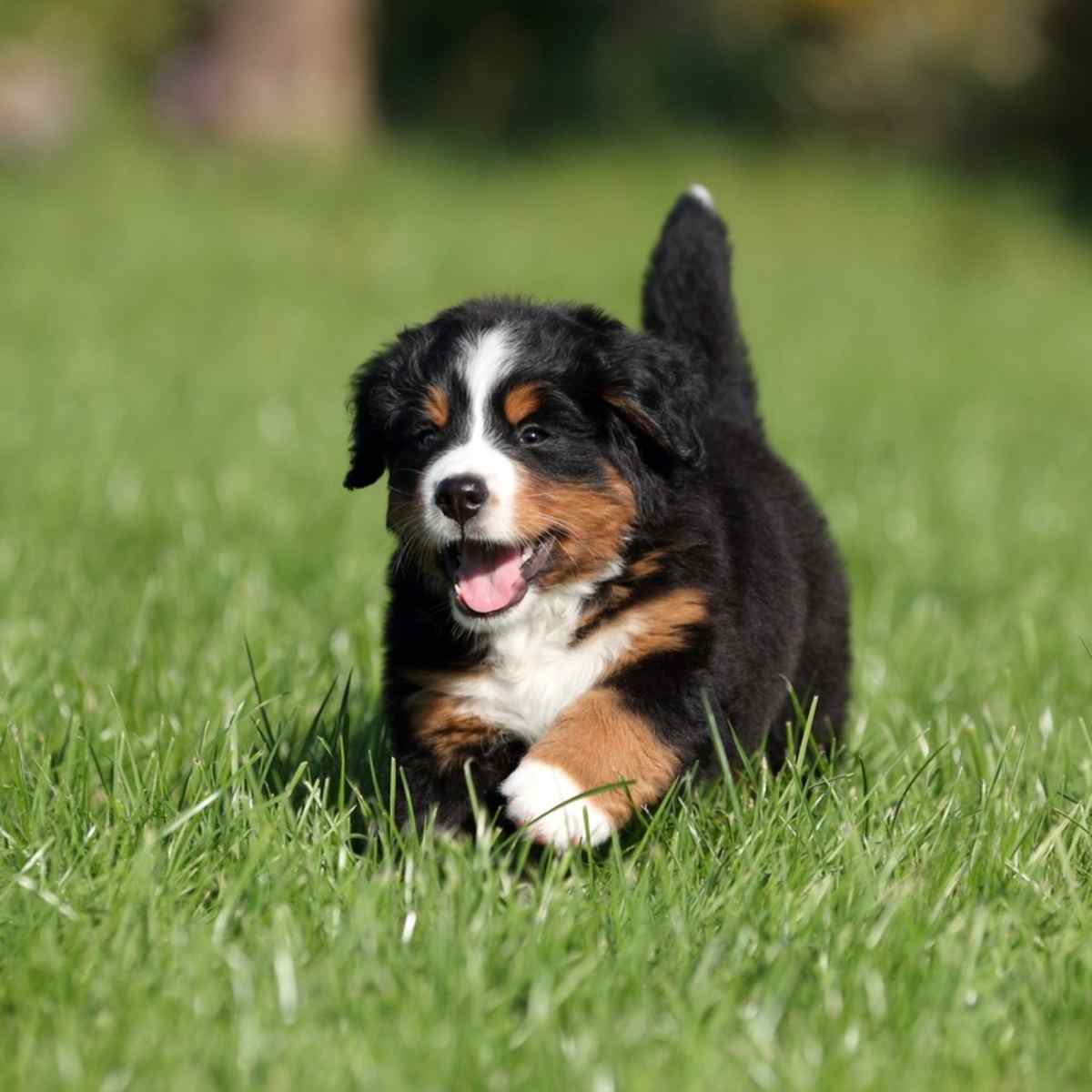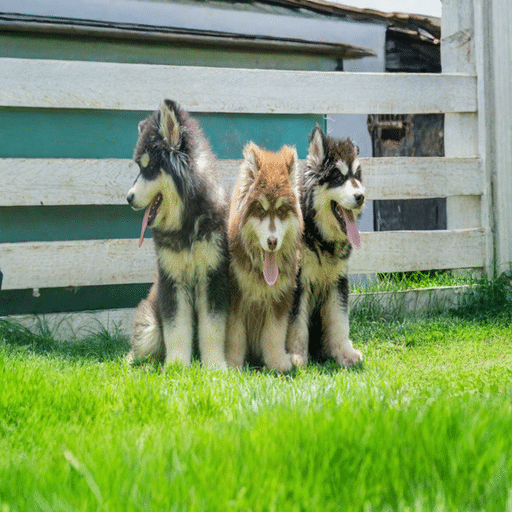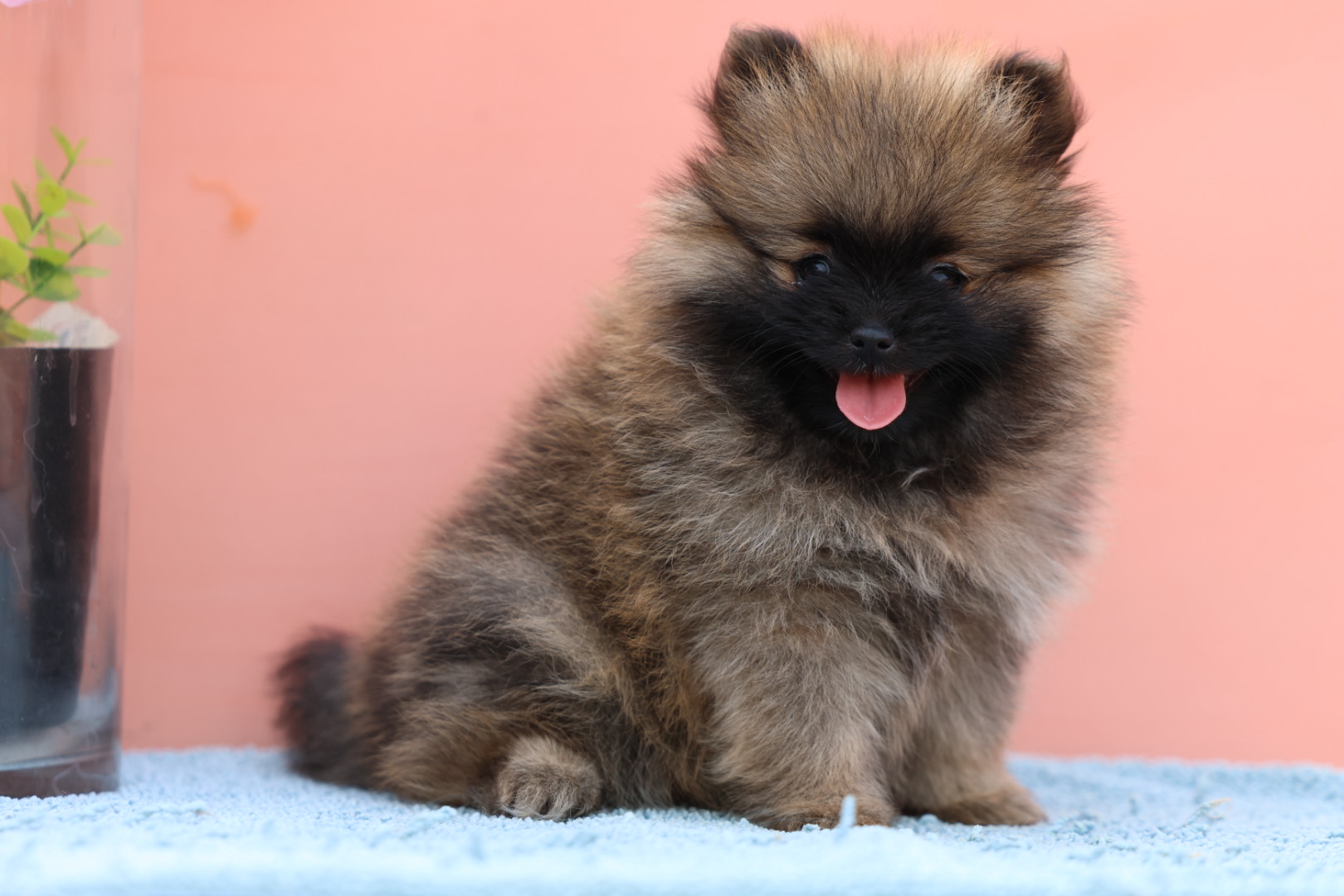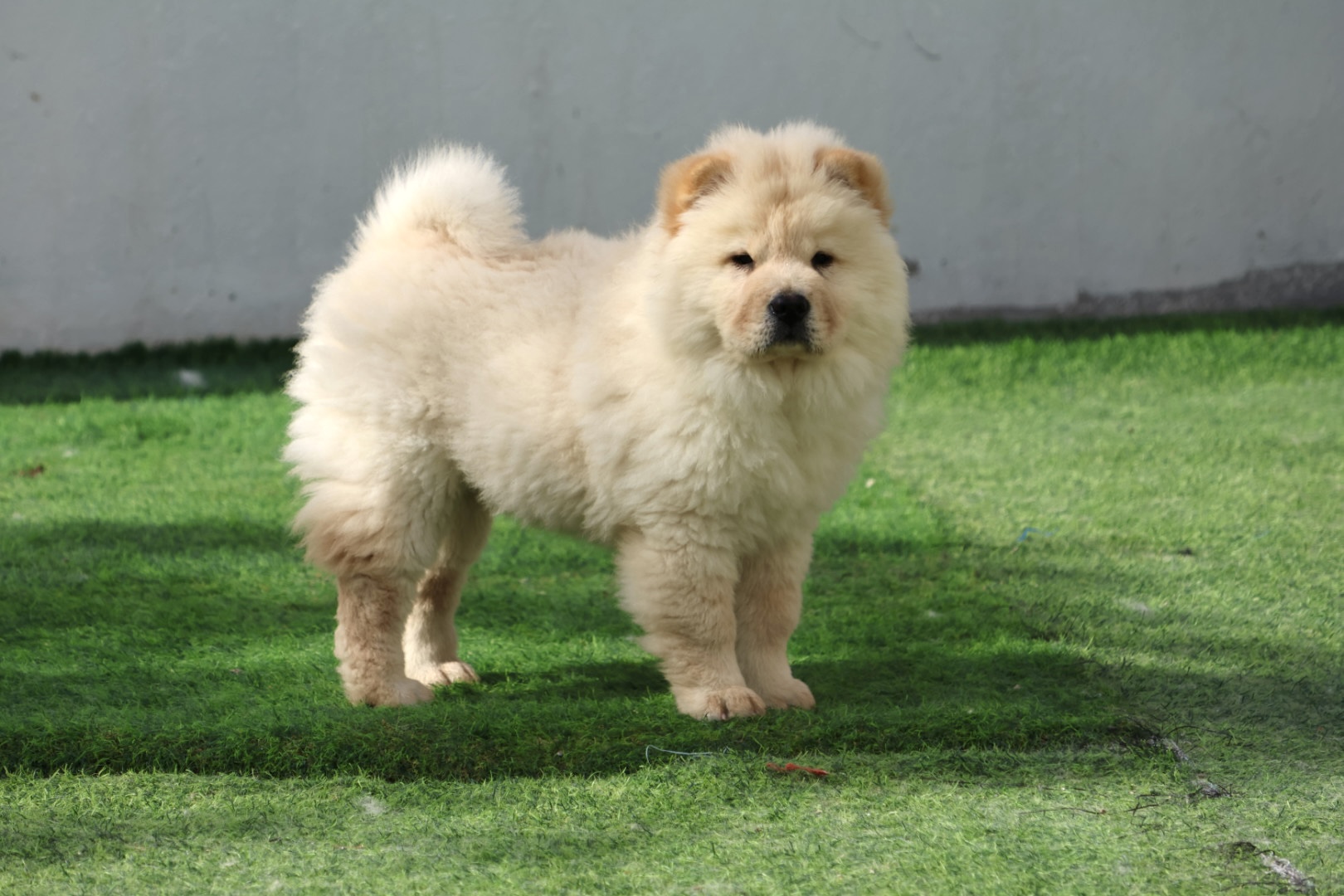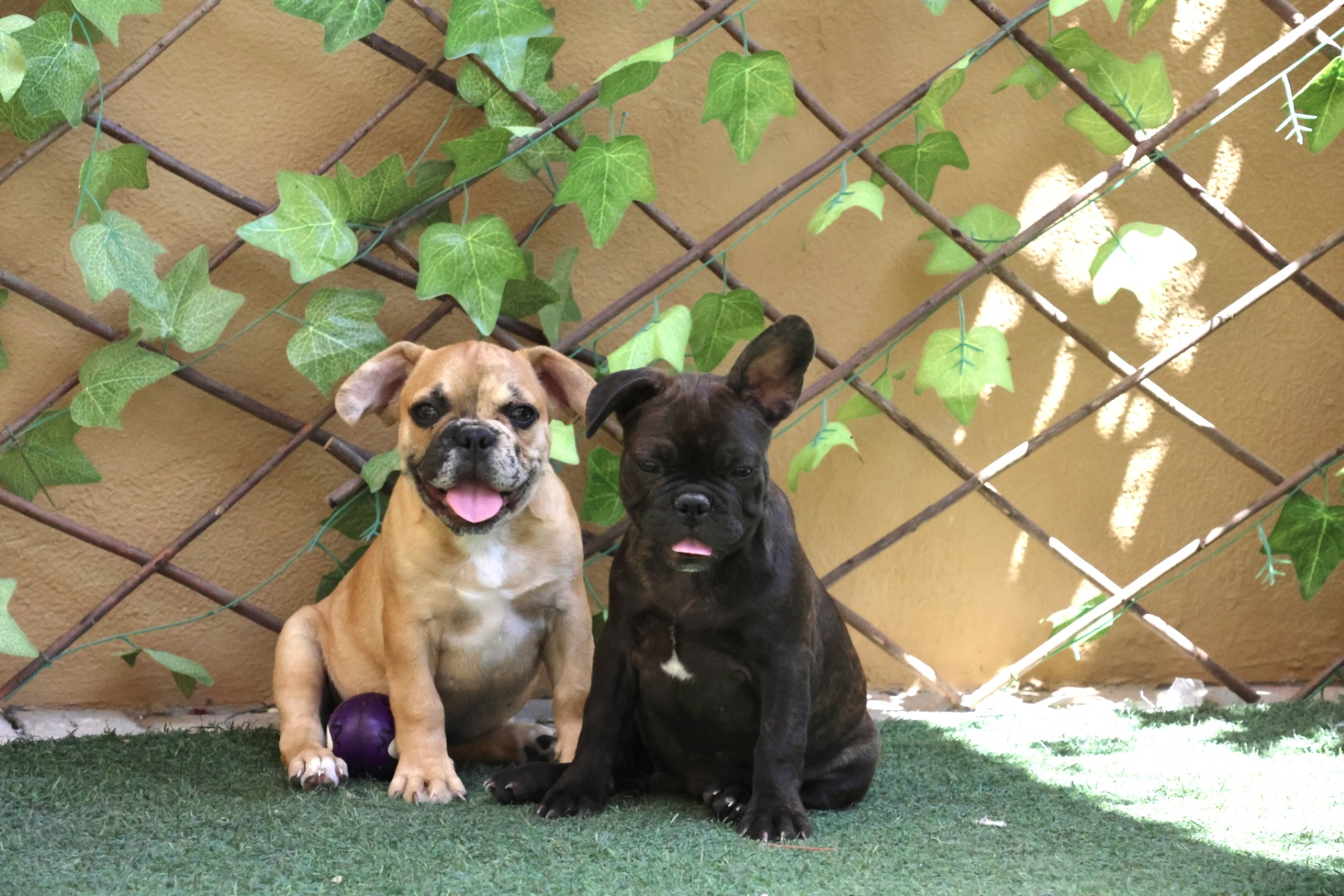🚽 Why Crate Training for Potty Training Works
One of the most effective techniques for housebreaking your puppy is crate training for potty training. This method creates a structured routine, reinforces good habits, and makes your puppy feel safe and secure. Puppies are naturally clean animals and won’t soil their sleeping space if trained correctly. In this complete guide, we’ll walk you through how to use crate training step-by-step to help your dog become fully housebroken while also building trust and comfort in your household routine. With crate training, you create a consistent environment where your dog knows what to expect each day.
✅ The Benefits of Crate Training for Potty Training
Crate training helps your puppy learn bladder control, reduces household accidents, and gives your pet a safe space to relax. It’s especially useful in apartments or homes where constant supervision isn’t possible. In the UAE, where indoor living is common due to the hot climate, this method has become a favorite for responsible dog owners.
- 🐶 Builds a predictable potty routine
- 🐾 Reduces anxiety and overexcitement
- 🧠 Promotes faster housebreaking results
- 🏡 Keeps your home cleaner and stress-free
🛠️ How to Choose the Right Crate
The crate should be large enough for your puppy to stand, turn around, and lie down—but not large enough for them to use one side as a bathroom. Many crates come with adjustable dividers, allowing you to increase space as your puppy grows. Use soft bedding, toys, and a chew to create a welcoming environment that helps your puppy feel secure. Avoid wire-bottom crates or crates that feel too exposed. You want the crate to become their safe haven.
🕒 Building a Potty Schedule with Crate Training
A predictable schedule teaches your puppy when it’s time to go outside. Let them out every 2–3 hours, especially after eating, drinking, playing, or napping. Puppies under 12 weeks may need breaks even more frequently. Consistency is key—praise your pup when they eliminate outside. Over time, they’ll associate the routine with reward, which reinforces the right behavior naturally and reliably.
🚪 Introducing the Crate
Don’t force your puppy into the crate. Instead, let them explore it with the door open. Place treats and toys inside to encourage voluntary entry. Feeding your puppy meals in the crate also helps create a positive association. Make the crate fun by placing a blanket with your scent inside and playing near it regularly. It should never be a punishment zone—only a place of calm and safety.
❗ What NOT to Do with Crate Training
- ❌ Don’t use the crate as punishment
- ❌ Don’t leave your puppy in the crate for long hours
- ❌ Don’t ignore whining if it may be potty-related
- ❌ Don’t let your puppy out while they are crying
💬 What If My Puppy Has an Accident in the Crate?
If your puppy has an accident inside the crate, stay calm. Clean it thoroughly to remove any odor and reset the routine. Ask yourself: was the crate too big? Did you wait too long before taking them out? Learn and adjust the schedule accordingly. Mistakes are part of the learning process, and adjusting quickly prevents habits from forming. Never punish your puppy for accidents—guide them with patience and encouragement.
🧠 How Long Does Crate Training for Potty Training Take?
Most puppies learn the basics of housebreaking within 2–4 weeks when crate training is done consistently. However, this varies based on age, breed, and prior habits. Celebrate small wins and stay patient—consistency pays off. Keep a journal to track progress, and always reinforce positive behavior with praise or treats. If progress stalls, reevaluate your routine and try small adjustments to improve results.
📝 Sample Crate & Potty Schedule (8-Week-Old Puppy)
- 7:00 AM – Wake up & potty
- 7:15 AM – Breakfast
- 7:45 AM – Potty again
- 9:00 AM – Crate nap
- 11:00 AM – Potty break
- 12:00 PM – Lunch & potty
- 2:00 PM – Potty & crate rest
- 4:30 PM – Potty & play
- 6:00 PM – Dinner & potty
- 9:00 PM – Final potty break
🏡 Crate Training in Apartments & Villas (UAE)
Whether you live in a high-rise in Dubai or a spacious villa in Abu Dhabi, crate training works. Place the crate in a quiet, central location. For multi-dog homes, each dog should have its own crate to maintain individual boundaries. Noise-canceling crates or crate covers can help block out distractions and make your puppy feel more secure in busy households.
🎯 Tips for Faster Results
- 🕓 Stick to a routine—even on weekends
- 💦 Limit water after 8:00 PM
- 🌙 Take your puppy out at night if needed
- 🎉 Praise every outdoor potty success
🔗 Related Articles
📞 Need Help? Contact Puppies Hub
If you need hands-on help with crate training for potty training, our team at Puppies Hub is ready to assist. We provide guidance, training, and top-quality puppies with proper health checks and housebreaking basics started. Don’t hesitate to reach out and let us help you raise a clean, happy, and well-trained puppy in the UAE.
📞 +971 58 866 3286
💬 Chat with Us on WhatsApp
